READY TO GET STARTED?
REQUEST A FREE ESTIMATE
Fill out the form below or call (888) 466-7849 for a free, no-obligation estimate.
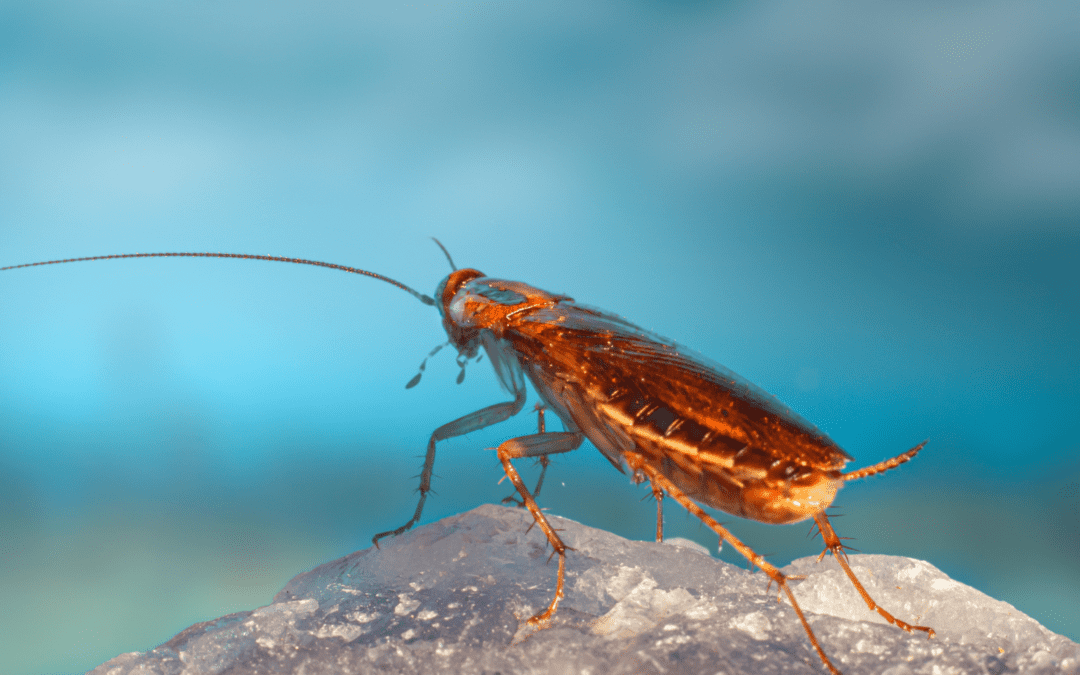
It’s never ideal to encounter cockroaches in your home. If you do, it’s best to know what types of cockroaches you’re dealing with to help determine the best way to eliminate them. Failing to remove these pests can lead to unpleasant outcomes, like allergies, that can potentially increase your chances of getting asthma.
We have broken down the three most common cockroaches found in the south and how to keep them away; let’s check it out!
This large out-of-the-house infesting roach can get up to 1.5 inches in length. These roaches develop wings towards the end of their life cycle, with males having some longer than their bodies. You can usually identify them by the yellow band located behind their head.
The American cockroach can typically be found where food is abundant. They also prefer drains that aren’t used as often. In the wild, they prefer dark or damp wood piles.
One of the most common species found worldwide, the German cockroach is generally light to dark brown and has two stripes near the back of its head. This species does have wings. They prefer dark, moist places. Since they don’t do well in the cold, they thrive in the southern climate.
This species first entered the U.S. in 1903 and is now found nationwide. The brown-banded cockroach got its name from the two light brown bands that appear across its wings. They prefer warmer, drier, and higher locations in a room and can be found mostly in cabinets and behind picture frames. This species will typically hide its egg cases in or underneath furniture.
While prevention can help keep cockroaches away, sometimes it’s best to get a professional involved. A local pest control company will be able to inspect your home and provide you with the best treatment and prevention plan going forward.
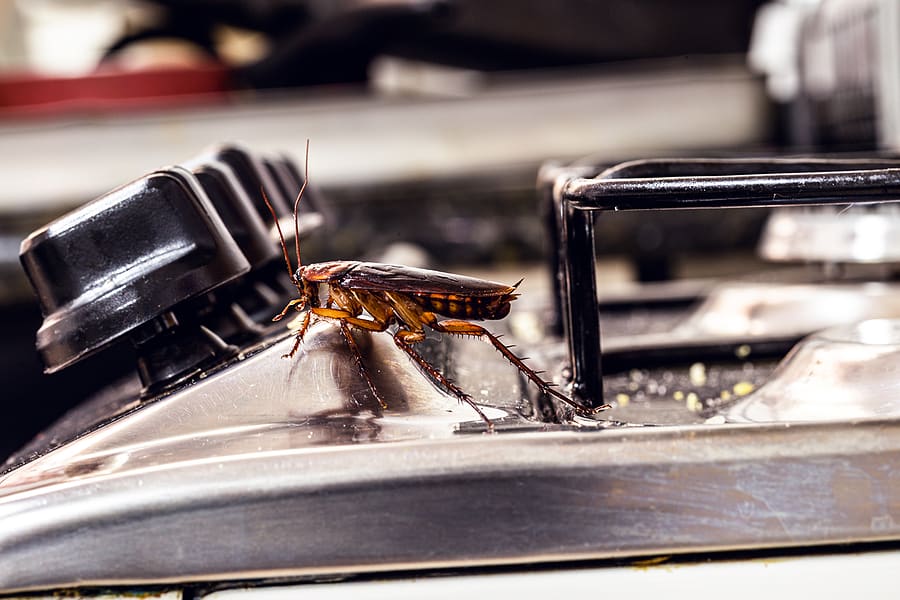
American cockroaches are a major household pest. Also known as water bugs and palmetto bugs, these pests are the largest of the cockroaches that infest homes. American cockroaches will make their way indoors in search of food and water. Their diet consists of leaves, wood particles, algae, fungi, small insects, food scraps, crumbs, and pet food. They can spread diseases and contaminate any surfaces they touch. They are also known to cause allergies and trigger asthma. These roaches will pick up germs on their legs and spread them to any surfaces they touch. They are known carriers of pathogens that cause diarrhea, cholera, leprosy, dysentery, plague, typhoid fever, and several viruses like poliomyelitis.
The first step in cockroach prevention is identifying the type of cockroach you are dealing with. Once that is determined, you can implement our favorite prevention tips to keep them from infesting your home.
American roaches are reddish-in color with a yellow band on the back of their heads. They range in size from 1-1/4″ to 2-1/8″ long, with some even reaching lengths of 3″. They have oval shaped bodies with 6 legs and a set of antennae. Despite their name, these cockroaches are found worldwide. Males and females both have wings and they can fly short distances. They can bite, but they rarely do. They normally live outdoors but will come inside looking for food and water. Outdoors they are commonly found in flower beds, trees, and under rocks. They are also commonly found in sewer systems. Inside the home they can be found in laundry rooms, kitchens, bathrooms, basements, and crawlspaces.
Learning how to spot signs of an roach infestation is critical to getting it under control. The most common sign is seeing the presence of cockroaches in your home. They will often flee to dark spaces when they’ve been discovered. They also leave behind droppings in the areas where they inhabit. These droppings have blunt ends and ridges on the sides and are often mistaken for mouse droppings. American cockroaches will also leave egg capsules behind. These are dark colored, about 8 mm long, and are often glued to surfaces near food sources. Finally, roaches emit a pheromone that gives off a musty odor. Smelling this in your home is another indication there is a cockroach infestation inside.
American roaches are highly resilient pests. They have evolved several adaptations over time that give them survival skills that make them difficult to eradicate. They can even survive up to a week without their heads! You can prevent cockroaches by:
If you have a problem with roaches in your home, contact your local pest control company who can identify what kind of roaches you have, how they are getting in, and the best treatment and ongoing prevention plan for your home.
Wildlife to Look Out for This Fall
Why Snake Control Is Important In The Fall
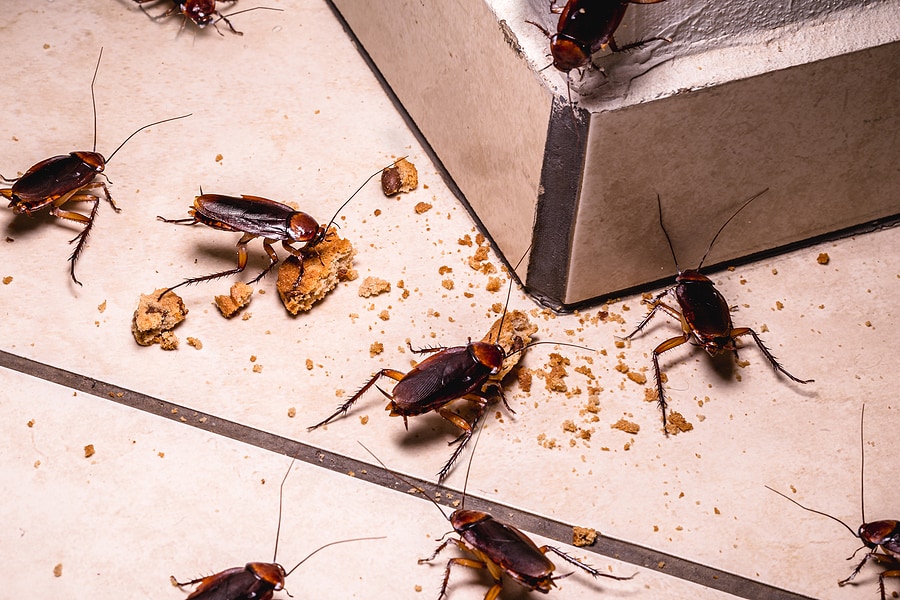
Cockroaches are common household pests that are found worldwide. While they don’t bite or cause structural damage to homes, they can be harmful to your health by contaminating food and other surfaces and triggering allergies and asthma in those affected. Roaches can get into the cleanest of homes in their quest for food, water, and shelter which they need to survive. Once inside, roaches will seek out warmth, moisture, and darkness, often being found in kitchens and bathrooms.
How do they get inside? Roaches have become very resourceful when it comes to getting into places. They can crawl through small holes or cracks in the exterior of buildings, flattening themselves into the smallest spaces. They will also squeeze through openings around doors and windows or sneak through when they’ve been left open too long. They will hitch a ride (or even lay their eggs) on bags, luggage, backpacks, used furniture, used appliances, packages, and even groceries that you bring unknowingly into your home. They can also come in through pipes or other holes in walls (especially shared walls like those in apartments).
If you have the makings of a cockroach infestation, try some of these cockroach prevention tips to help get them under control.
Identify and Prevent Brown Recluse in Your Tennessee Home
6 Signs of Subterranean Termites
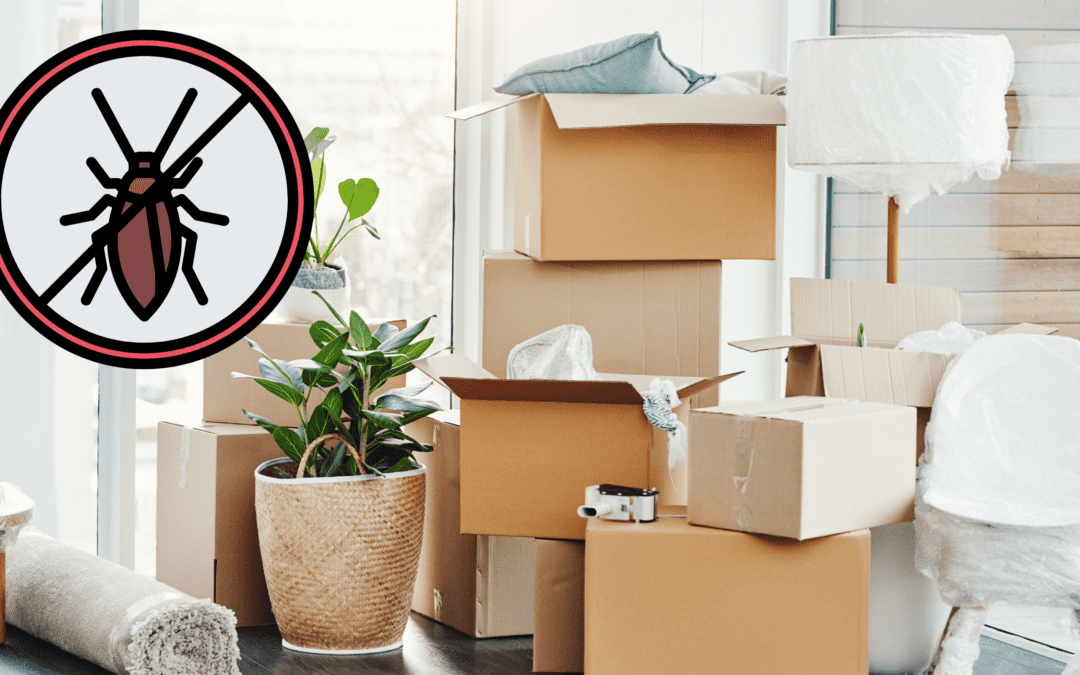
Packing is typically the most dreaded part when it comes to moving. Some popular pests that can be present at your current or new home include roaches, bed bugs, and fleas. It’s important to know how to avoid them when you’re moving out or in. Whether it’s a cockroach sneaking into your home, a bed bug hitchhiking from a recent hotel stay, or fleas leftover at your new home, we can help!
Discover how to avoid each pest and get rid of these unwanted roommates!
Cockroaches can be difficult to get rid of, so being adept at keeping them away is key. To prevent these nasty pests in your new home, thoroughly inspect all boxes before packing away your belongings. Once moved into your new home check the perimeter of your new house for small cracks and crevices and seal them off with caulk to keep the roaches from being able to enter.
Bed bugs are the type of pest that warrant a call to a pest control company. These invasive pests can be difficult to remove yourself, and you don’t want to wait for the removal process to start. If you need to stay in a hotel while moving be sure to inspect any furniture or bedding you sleep on or bring into your home. This means checking the bed frame, mattress, and even headboard for bed bugs or the telltale brownish-red spots they leave behind.
Fleas are normally looked at as a pet-based pest, but they can lay their eggs on the carpet and can remain dormant before you realize it’s too late. Consider your vet’s recommendation for flea control medication for your pet. At home, look to keep your carpet vacuumed regularly. If you see a flea, the best plan of action is to act immediately!
Remember these tips when it’s time to make the big move. If the problem becomes more than you can handle, be sure to reach out to your local pest control company to learn the best option in getting your new home back from these nasty roommates.
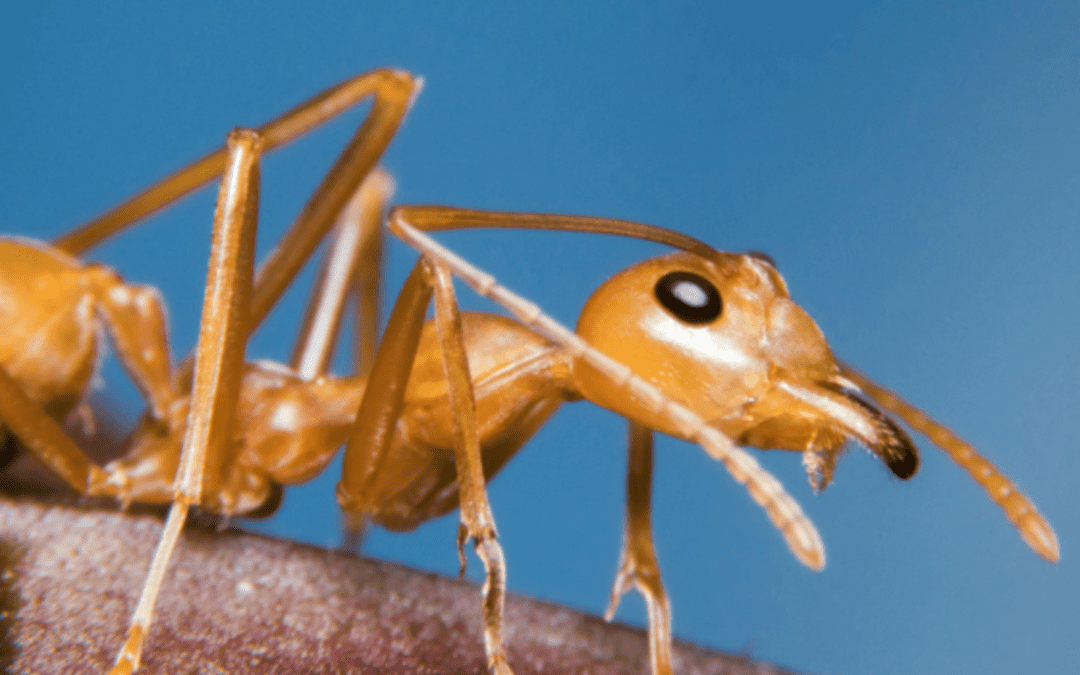
The warmer weather can bring out a mass of pests looking for food, water, and shelter. If certain preventative measures are not placed around your home, pests can easily find their way indoors, making it difficult to get rid of them. Check out our top summer pests and how to prevent them below.
These tiny pests are most active in the summer months due to the warm, humid weather. You will certainly come across mosquitoes and preventing them is easier than you might think. They lay their eggs in standing water, so make sure your property is clear of standing water, including pet bowls and birdbaths. Emptying these items daily will help lessen the possibility of mosquito breeding.
Another small and pesky insect is the ant. These pests love getting into your home to look for leftover food or crumbs. It’s best to vacuum weekly to help alleviate the crumbs leftover in your home. Ants can gain access through the smallest crack or crevice, so be sure to find and seal these as soon as possible.
These pests will eat just about anything, making them hard to get rid of once they’ve invaded your home. Cockroaches can pose a health threat to your family as they are known to spread bacteria and cause severe allergic reactions. The key to discouraging these pests is to eliminate any food sources that are readily available to them. After each meal, wipe down all countertops, stovetops, and spills. Take the trash out regularly and use trash cans with tight-fitting lids.
Dealing with summer pests can be a hassle and take away from your summer fun. If the pest problem is bigger than you can handle, then reach out to your local pest control company to find a prevention plan fit for your home.